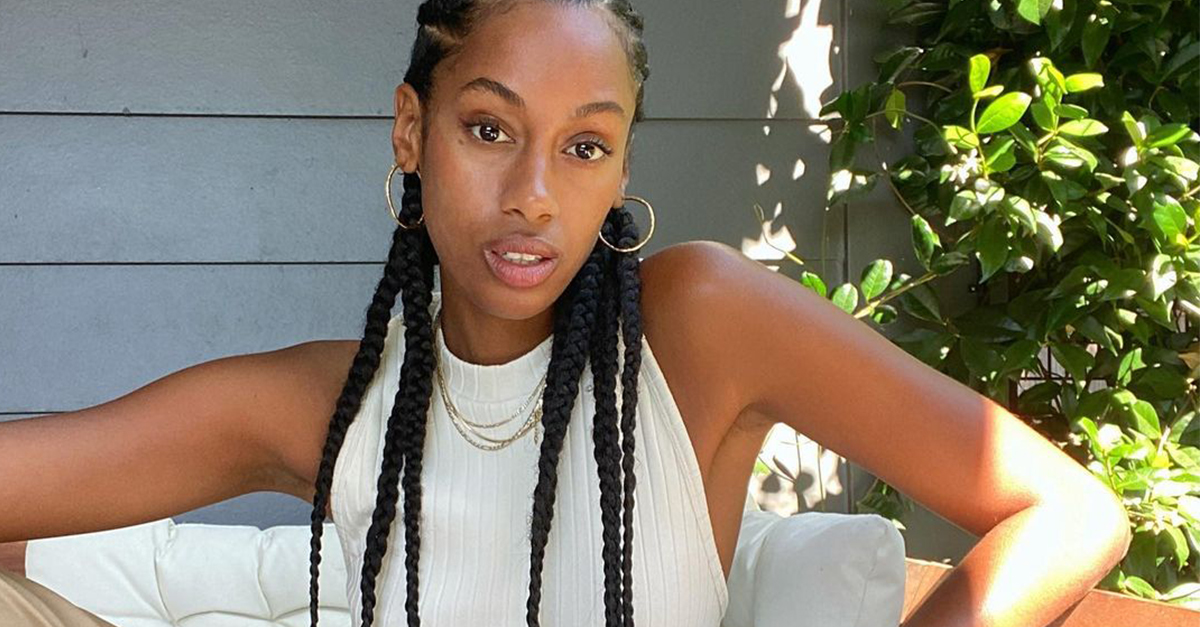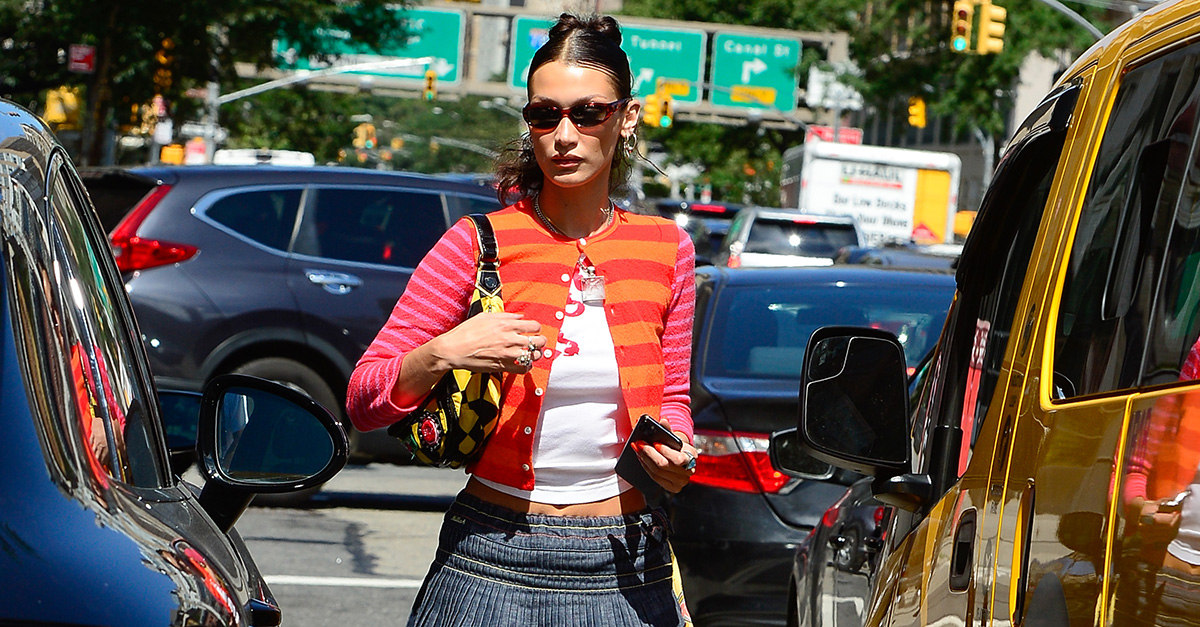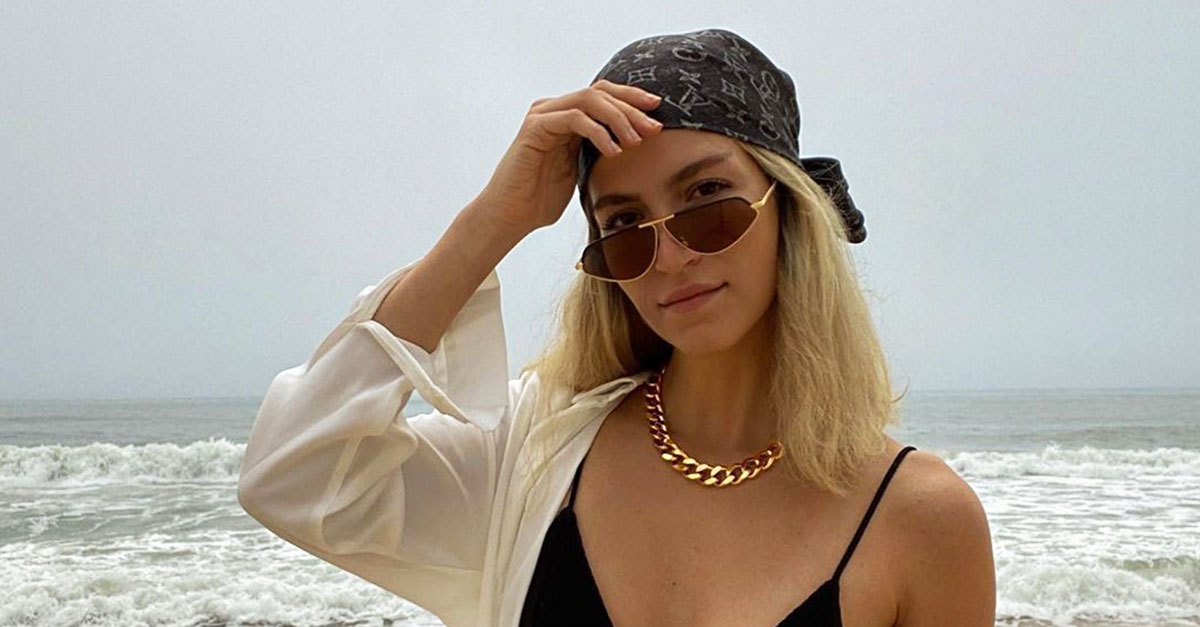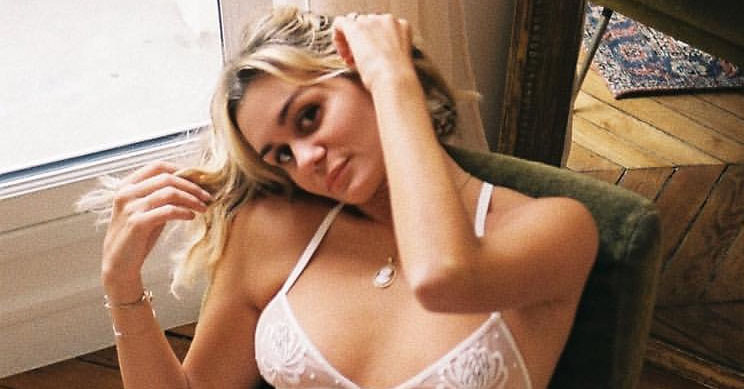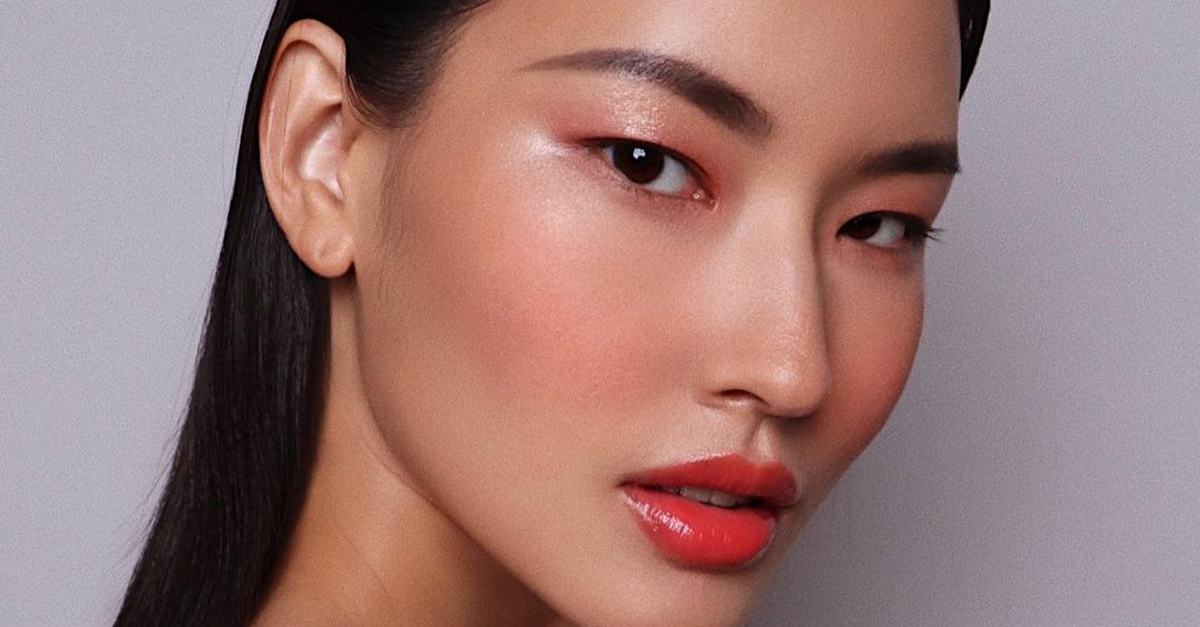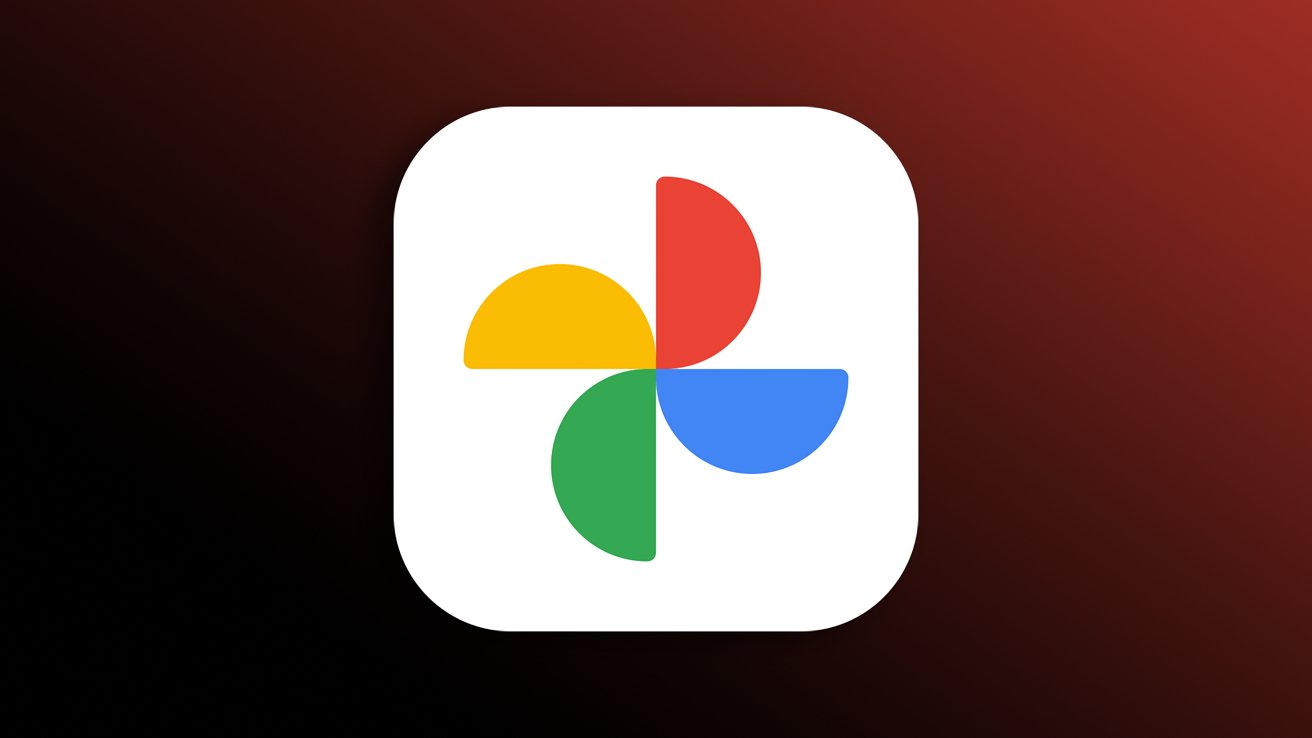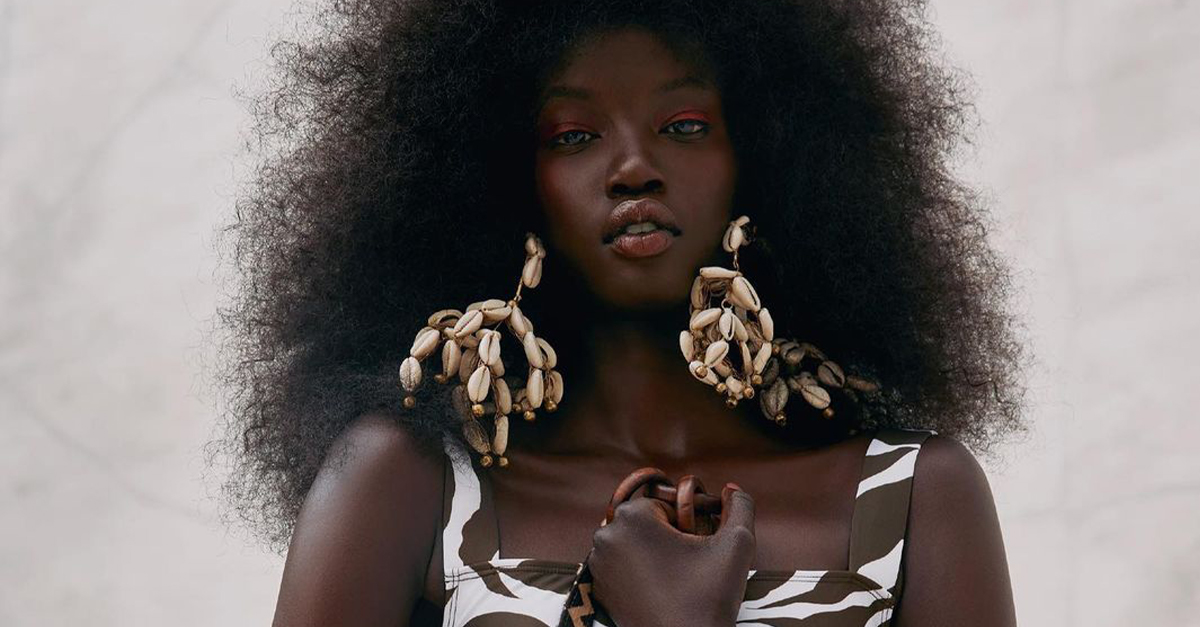WWW Deep Reviews: I Tried Brow Threads as An Alternative to Under-Eye Filler
We test, you trust.
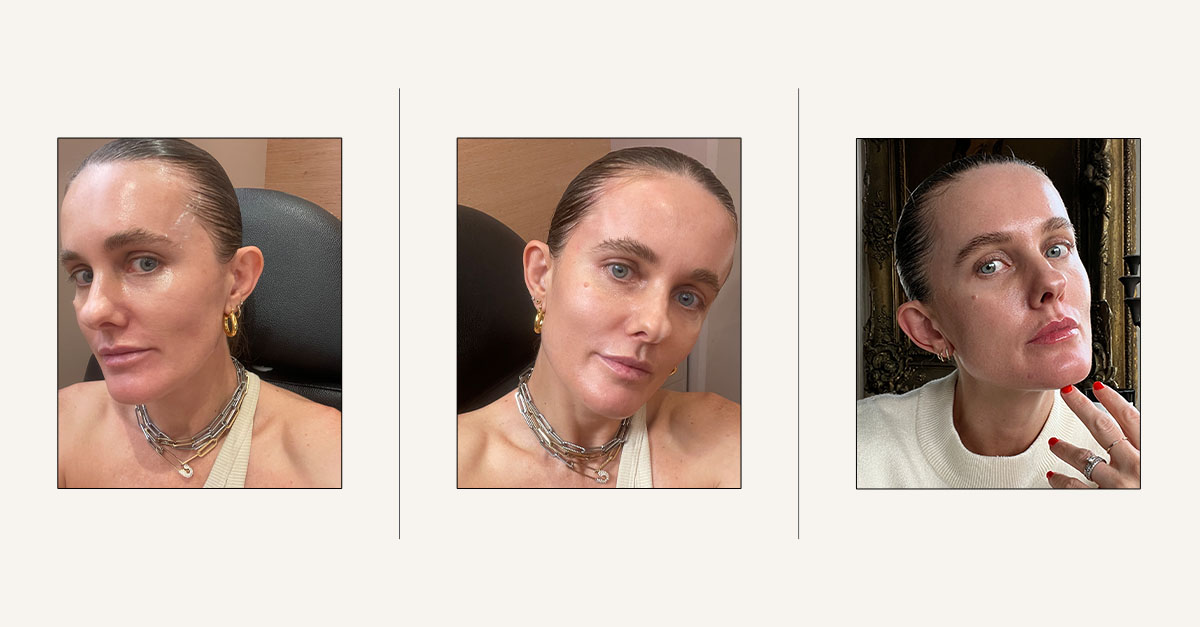
Welcome to Deep Reviews—your one-stop destination to discover the absolute best products, treatments, and brands the beauty industry has to offer. Every month, the Who What Wear staffers and contributors you already know and trust will research, test, and review the market’s most sought-after and buzzed-about products (and sometimes services!) to see which—of the hundreds up for consideration—are truly worth your hard-earned money and attention. You can expect honest, completely uncensored feedback and no-BS recommendations our hard-to-please testers endorse without reservations. To put it simply, stick with us, and buyer’s remorse will be a thing of the past.
First, some context: In January, 2021, I had mid- and lower-face threads as a preventative treatment to lift, sculpt, and tighten my face as I entered my 40s. Now, almost two years later, I couldn’t be happier with the results. My cheekbones are contoured and my lower jawline is snatched thanks to the new collagen production and skin strengthening as a result of the threads. Medical aesthetic provider and founder of The Things We Do, Vanessa Lee, RN is THE expert when it comes to threads. She has been working with threads for over six years but first started learning about them closer to nine years ago so it’s safe to say Lee definitely knows what she’s talking about. Not only does she administer threads, she’s also a highly-revered educator in the space and recently stopped taking new clients so she could focus on training.
Why I wanted to try brow thread lifts: Earlier this year, I decided to get back in Lee’s chair and address the top half of my face with a brow thread lift. It was incredibly quick and yes, totally painless and once again, I am thrilled with the results. I also want to clarify that I did not get brow threads to achieve the controversial “fox eye trend” (I ask Lee for her thoughts in our interview below). My goal was to prevent any sagging of the brow and to strengthen and tighten the overall eye area by stimulating my own body’s collagen production. I also wanted to try another alternative outside of under-eye filler (which I have been getting since I was about 37) because it wasn’t giving me the results I was after. In fact, it’s for this reason that Lee started researching threads, and they’ve become a major part of her practice ever since.
“Previously with filler and neuromodulators, I was able to volumize and smooth a face but I wasn’t able to lift a face without adding fullness in specific areas,” she explains. “Threads give me a way to lift and address thin skin without making a face look heavier or puffy in any way, and patients love that.” Yes, yes we do!
Ever since my treatment, however, I’ve seen a lot of misinformation and fear mongering around threads online after some patients shared treatments that had not been applied correctly by their provider. I didn’t experience any negative side effects or long term issues and that’s because I did the research beforehand and made sure I chose an experienced technician, had a consultation prior, and discussed the process at length before moving forward. Please, please, please do your research first and know everything you can about threads before you book an appointment. Vanessa addressed this on her Instagram recently.
“Threads have a much larger learning curve than fillers and Botox because there are so many variables to nailing great results,” she wrote. “As a provider I need to choose a patient with correct skin laxity, thickness, and strength, and then match the correct thread measurements and barbs, choose the right vectors, place them in the right planes, anchor and secure them while eliminating chance of infection, and then finally make sure patient is compliant with post care instructions. I happily spent tens of thousands of my own money to have trainings by Western and Eastern trainers, including flying out Korean trainers to learn from the most experienced and artistic in this very specific sector of aesthetics. My team is continually trained on delivering consistent thread results after graduating from our thread training program at The Things We Do.”
Also, threads aren’t a one-size-fits-all solution. In fact, I recommended a friend to The Things We Do for threads and their team actually advised an alternative treatment for her because threads wouldn’t achieve the specific results she was after. That’s how I know Lee is someone I can trust. Her team would never recommend something that won’t work for your individual skin goals.
How do threads work? What's the process like?
Threads are considered bio-stimulators in the sense that they signal our bodies to react and essentially heal themselves. The threads (both lifting and thickening) are placed in the mid to deep dermis tissue in a specific layout or pattern to induce collagen by increasing fibroblast activity. As the threads are absorbed, your collagen takes the place of the thread.
For example, when lung tissue is sutured with PDO, the thread doesn’t stay there permanently but instead promotes the surrounding lung tissue to take its place and hold itself. It is a brilliant process of hinting to the body that some regeneration needs to occur.
Who is best suited to brow threads and who isn't?
Someone who has a more downturning outer brow frame is the best candidate for this treatment because they can usually see the most significant difference. People who have very tight temple regions and already have a higher angled end of brow are not the best candidates for the treatment since there may not be enough change in the area because of the lack of laxity in the tissues or possibility for improvement. Clinically, someone who is prone to keloiding is not a good candidate for threads because of the possibility of the thread friction and placement activating the keloid process.
How long does it take?
The treatment itself takes about 30 minutes from start to finish, which is relatively quick for such a transformative eye frame treatment. The results look their best at about three to four weeks after the threads are placed in but there is a noticeable difference immediately after the treatment is completed.
What results can you expect from brow threads?
You can expect a lift of about 3 to 5mm, which seems small but is a very noticeable shift in the spectrum of the eye frame. There are also several choices for brow lifts. We can lift the entire brow frame with inner and outer brow thread support, we can lift just the outer frame upwards to help the heaviness of the hood of the lid, and we can also offer an angled outer lift for more of a slick ponytail effect.
Do the results last as long as other threads on the face?
The results typically last up to a year where the results for the fuller face lifting threads can last up to two years because of the increased thickness with those threads.
Is downtime generally the same as other areas?
Social downtime can actually be a bit more prolonged in this area in comparison to the mid and lower face since there is less soft tissue space and more blood vessels involved. So instead of having a couple of days of swelling, you may have three to five days of swelling, but the after care is the same for both treatments. Keep the skin and hairline as clean as possible for 24 hours, no firm pressure on the face for two weeks (no massages, no facials), and avoid strenuous workouts for a week.
What is the best practice post-procedure to take care of your threads as you heal?
My number one tip is to make sure that you listen to your body. If sleeping a certain way or working out a certain way brings discomfort to your face, then slow down or reposition yourself. Stay comfortable and avoid pressure on the face for the first two weeks following your procedure. You want to make sure you give your skin and tissues an environment to heal properly.
What is different about the brow threads application/process compared to other threads around the face?
Brow thread placement is mainly different from thread placement in other areas of the face in two ways. This process is usually more comfortable for the patient because this area responds so quickly and the threads tend to move quite smoothly within the tissues. It is also different in the sense that even though it tends to be more comfortable, it usually causes more noticeable swelling because of the tighter nature and smaller tissue space in the brow space in comparison to the mid cheek area or jawline.
How long do brow threads take to heal compared to other areas of the face?
Brow threads usually heal a couple of weeks faster than the mid face threads because the lifting, barbed threads that are used in this area are of smaller diameter. They don’t cause as much disruption to the tissue and usually are absorbed more quickly as well.
Can you achieve the "fox eyes" trend with brow threads?
I always think these beauty trends tend to be silly. Pulling the eye frame until the temple skin is pinched and your eyelid is contorted is not artistry. I suggest working with what is most harmonizing with your features. If you have low brows, an overall lift would be flattering. If you have downturned eyes, picking up the corners can open up the eye frame and bring a “smile” to the eyes. If you have a lower inner brow frame that makes you look mad, a lift in the center can bring a peaceful and brighter shape to the eyes.
What is the difference between brow threads and PDO threads?
PDO threads are used for brow lifting. It is the same as the lower face, just in different sizes and lengths.
How much does it cost on average?
Thread brow lifts average about $1500 and last up to a year to a year and half.
What products do you recommend for post-care?
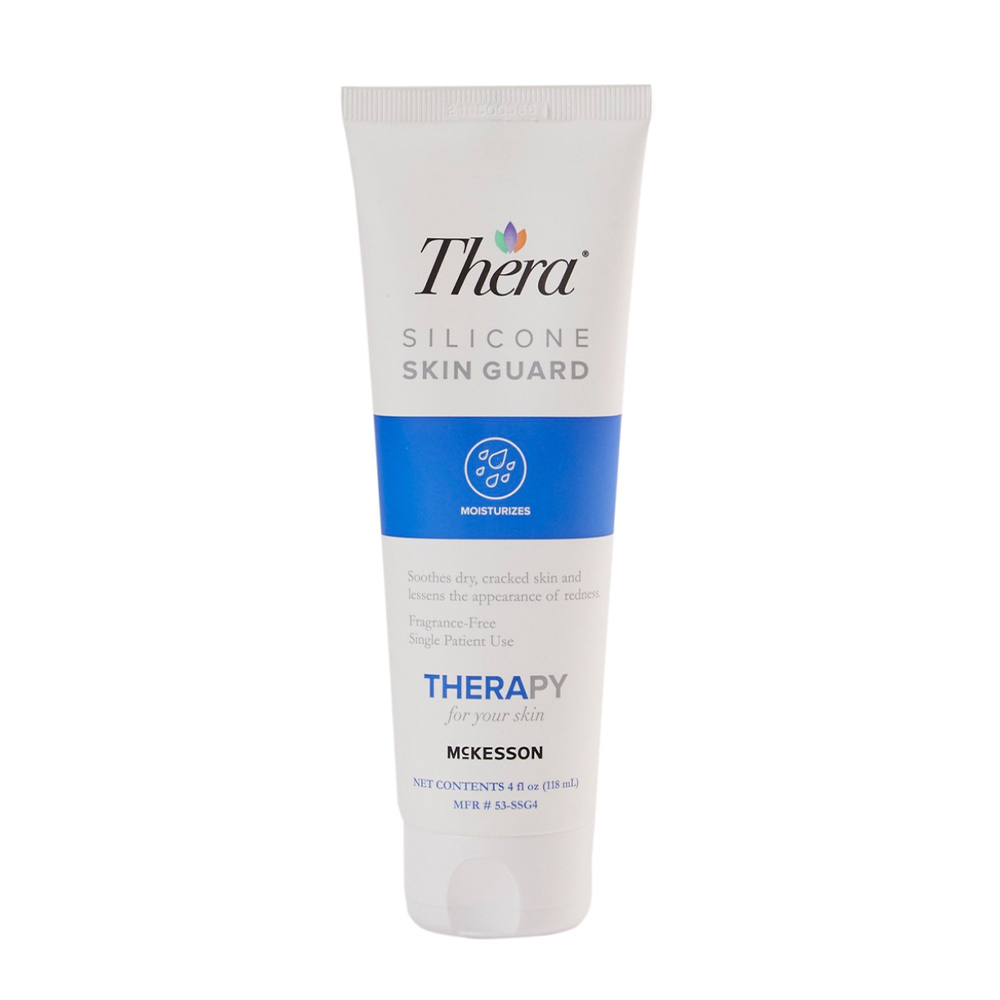
I like this silicone guard gel for the entry points to create a protective skin barrier for the first couple of days.
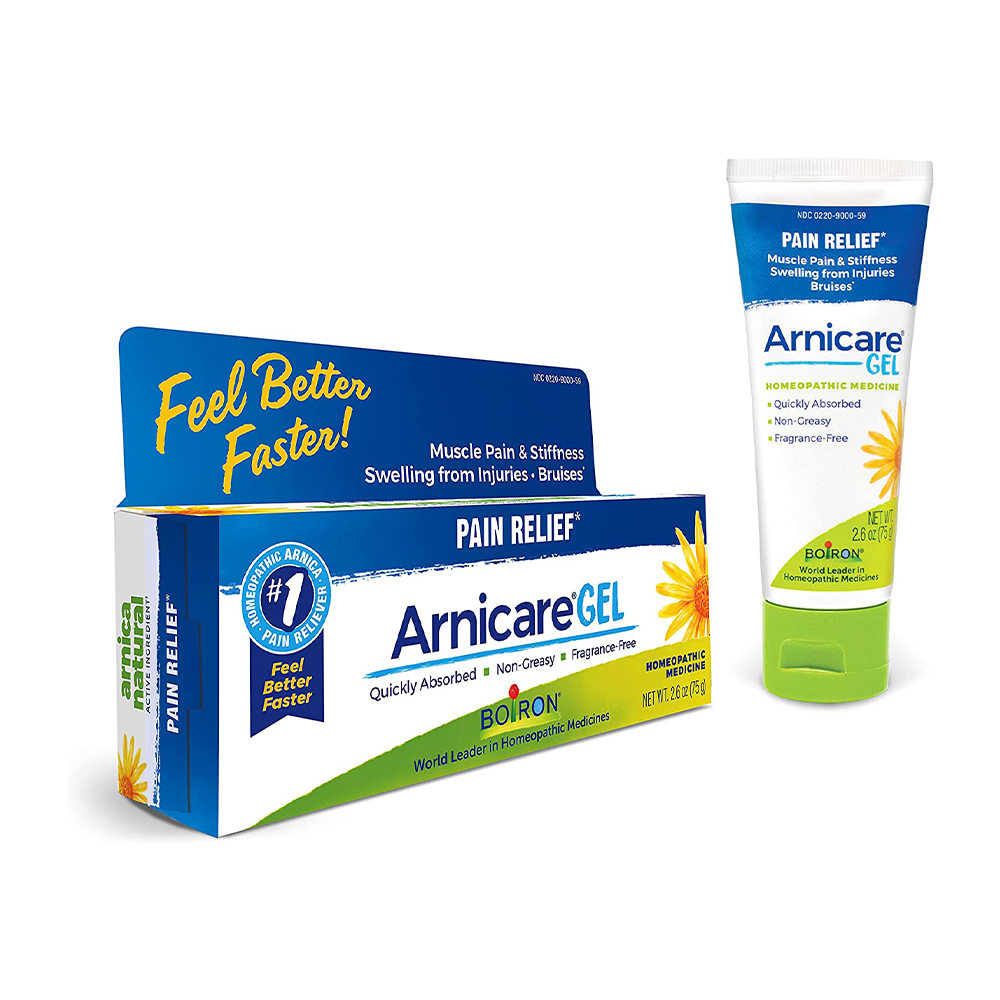
Arnica gel to reduce bruising and swelling.
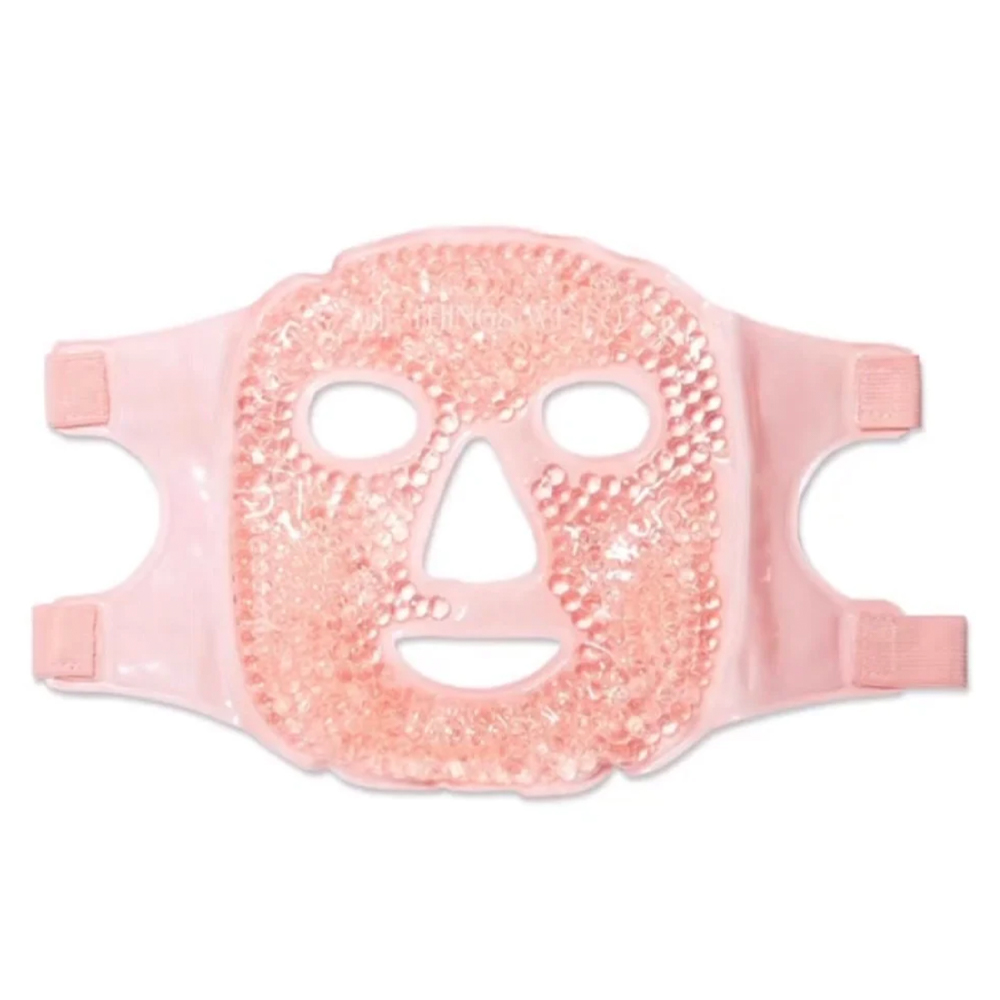
I also like patients to use our gel bead cooling mask from The Things We Do to reduce swelling faster.
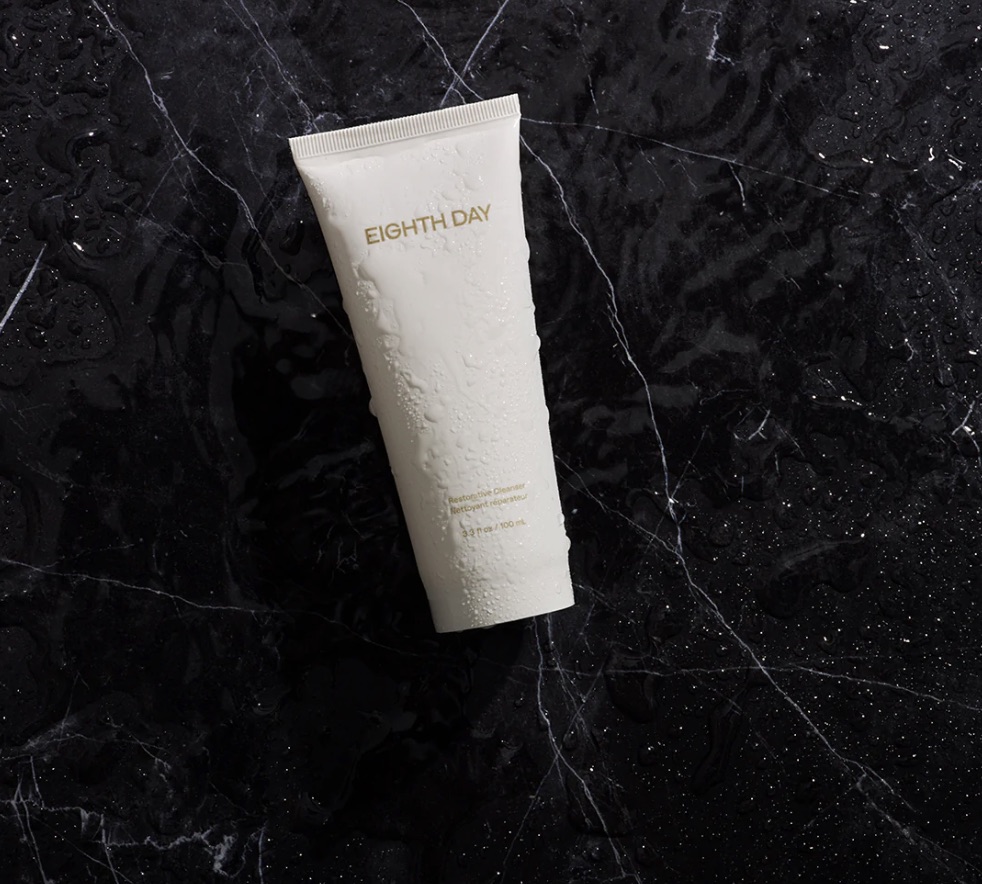
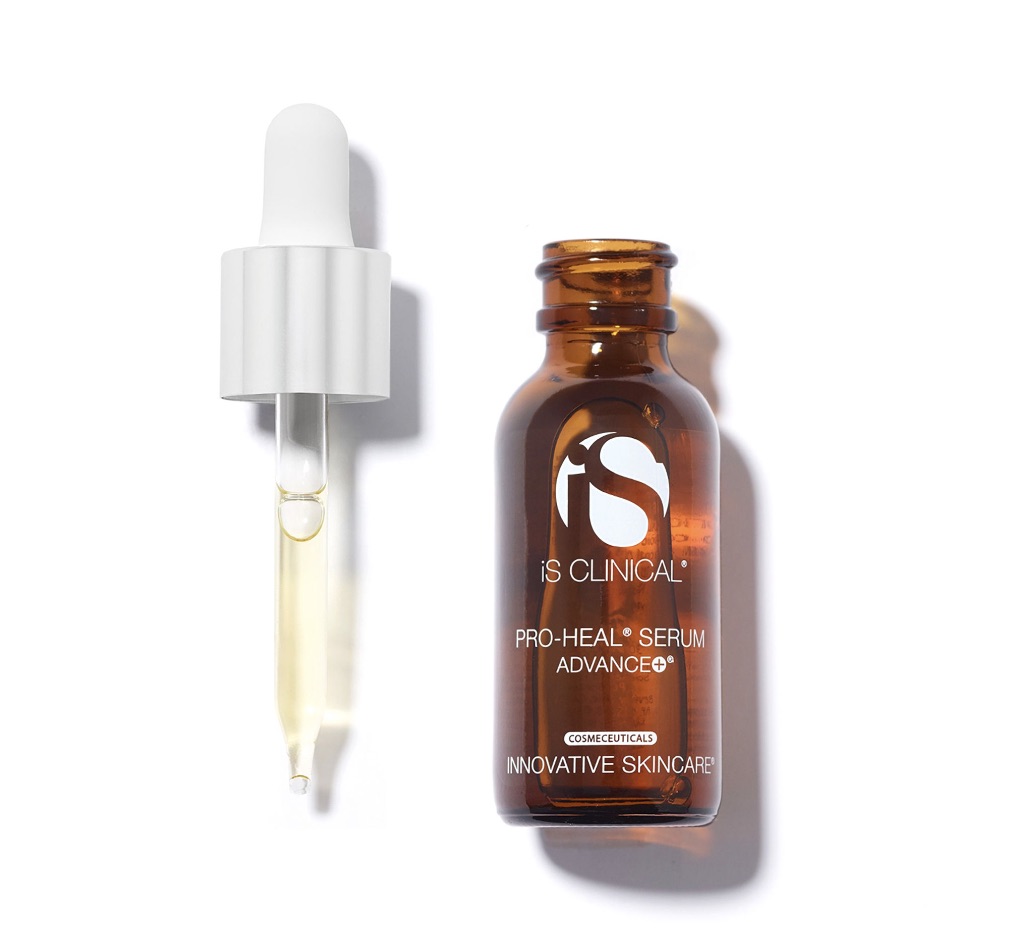
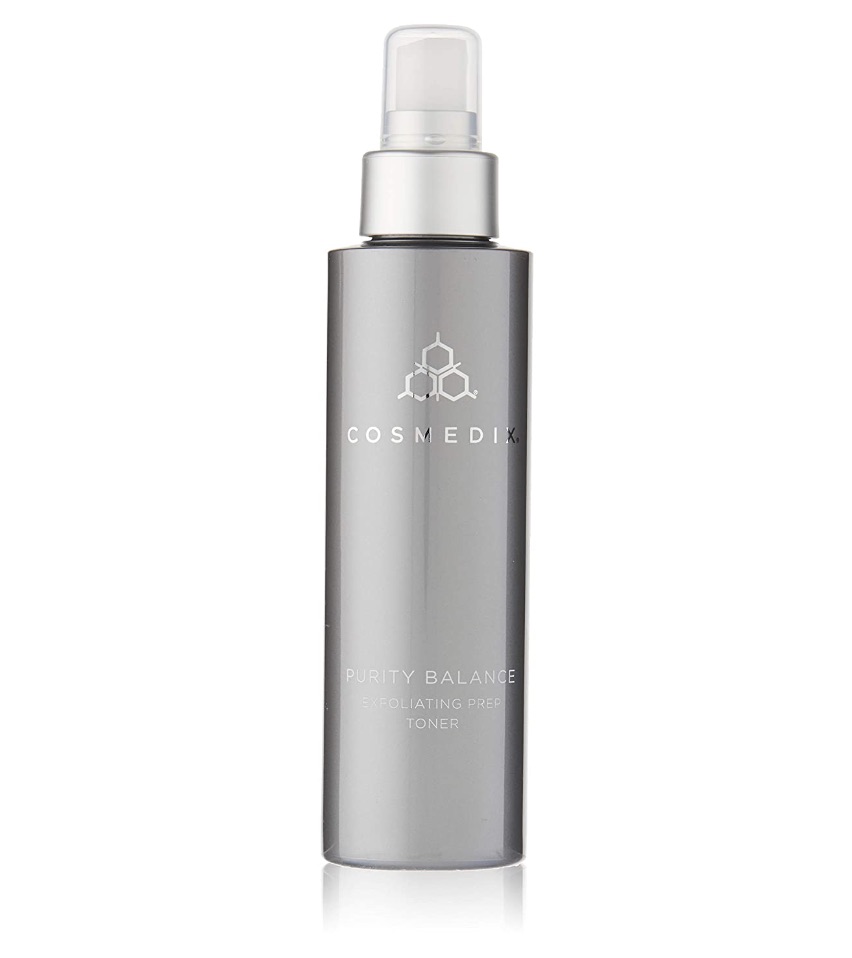

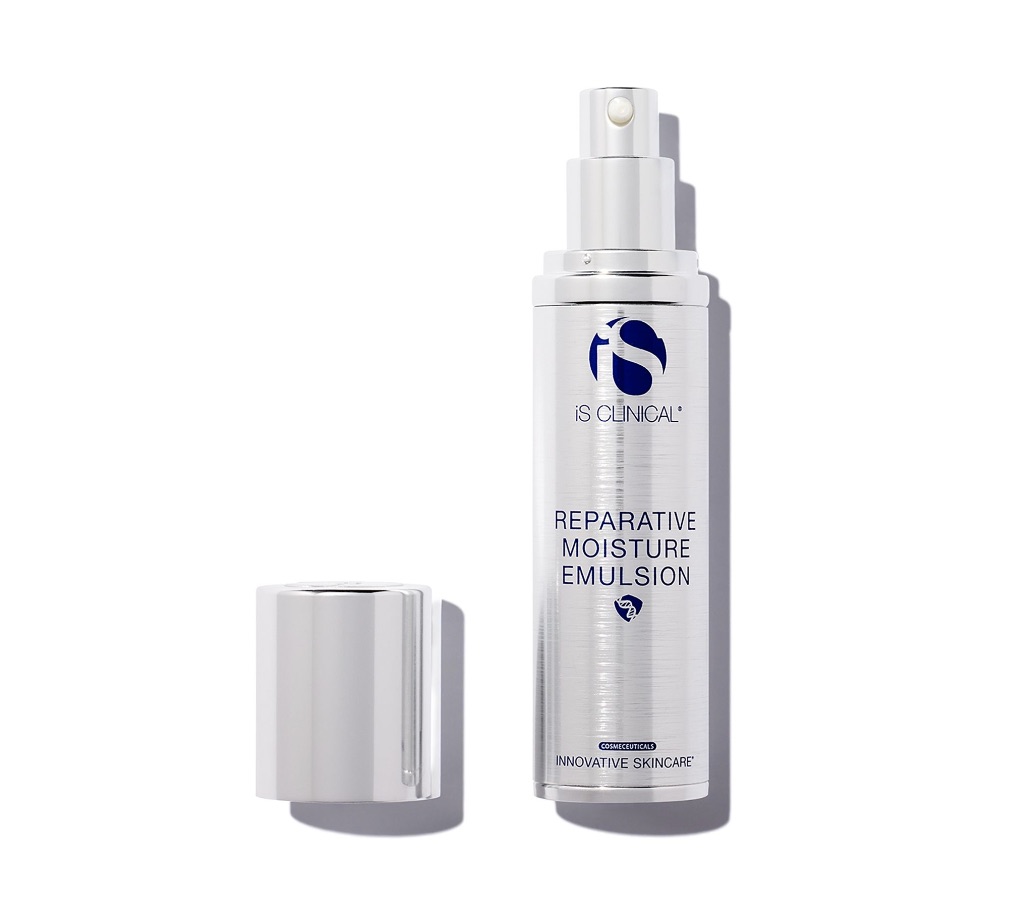
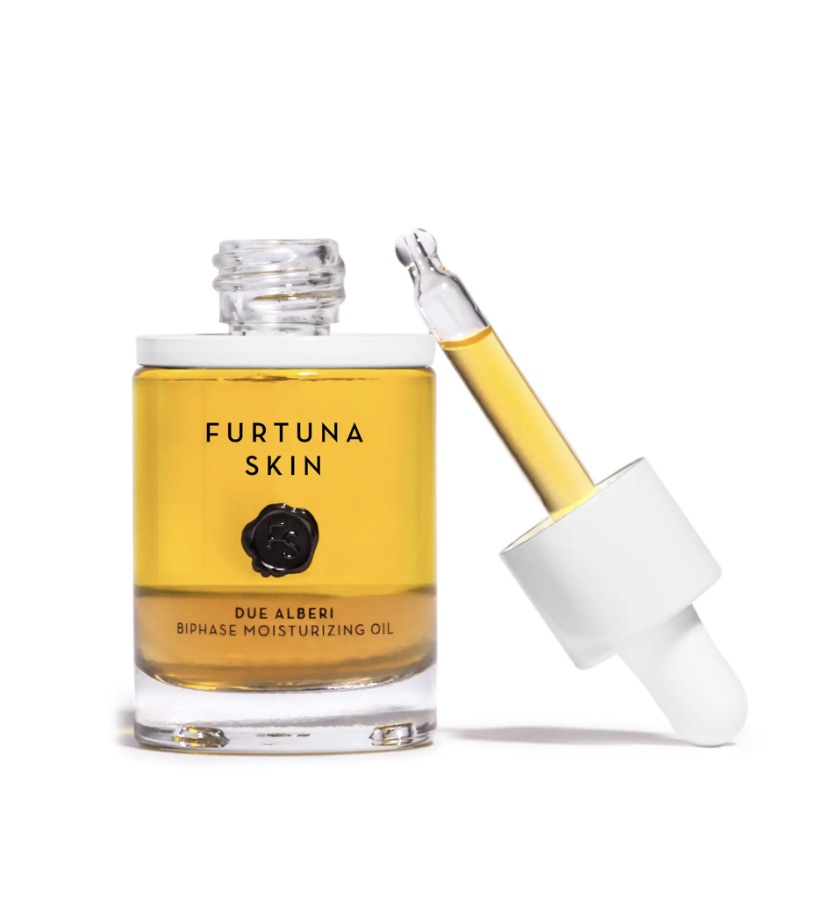
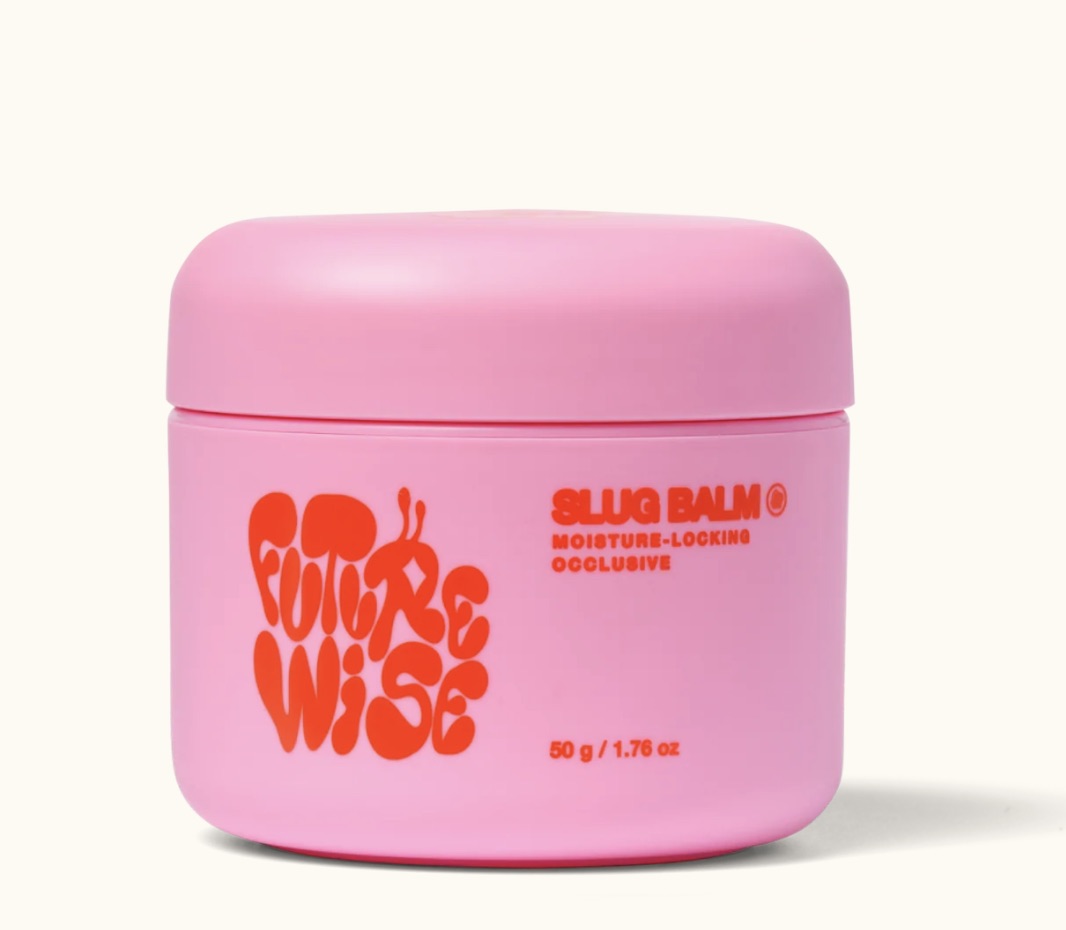
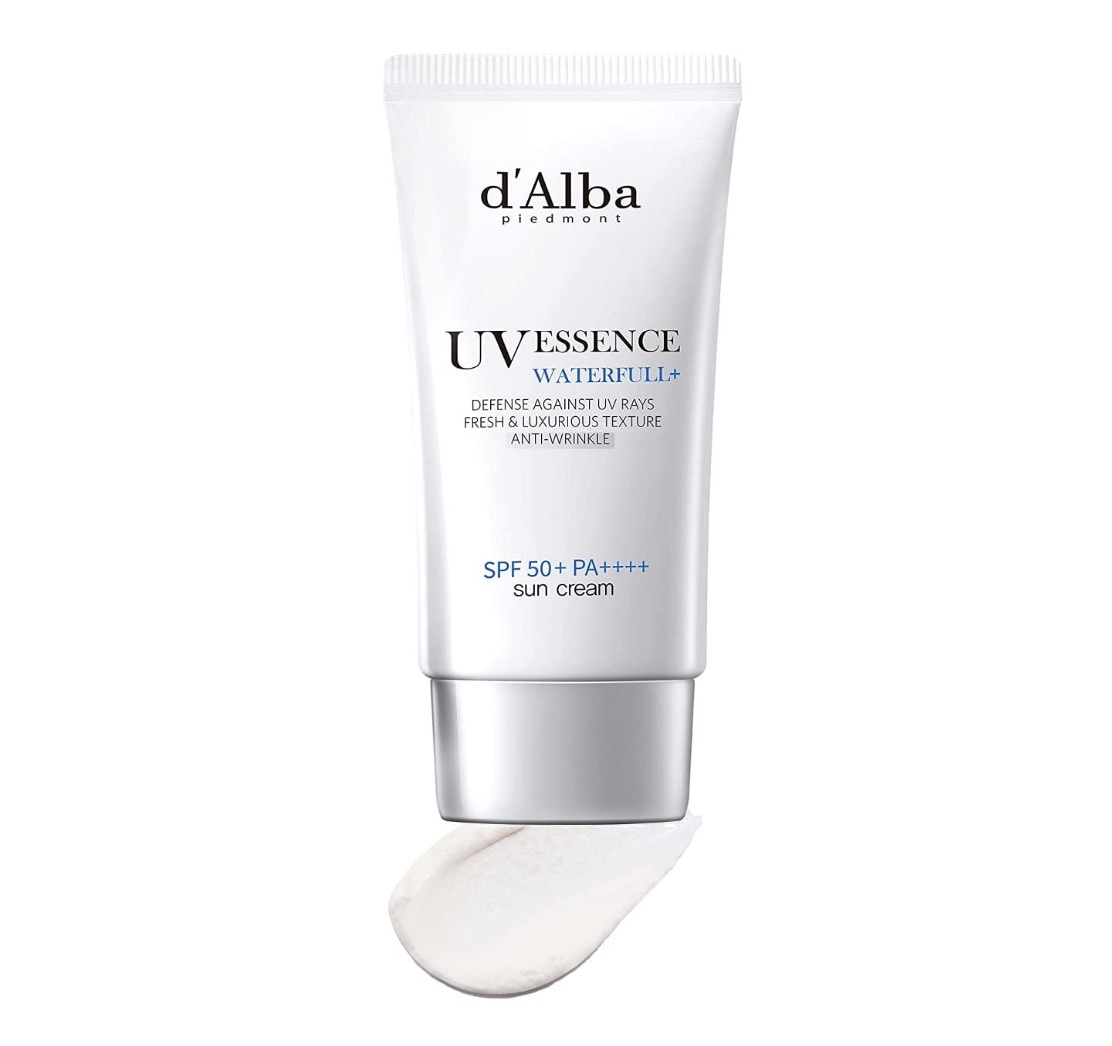
Up next, I've Received 47 Compliments on My Skin Since I Started Wearing This Foundation
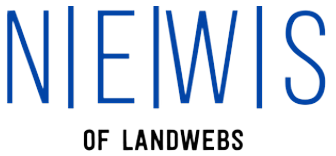
 Landwebs
Landwebs 








